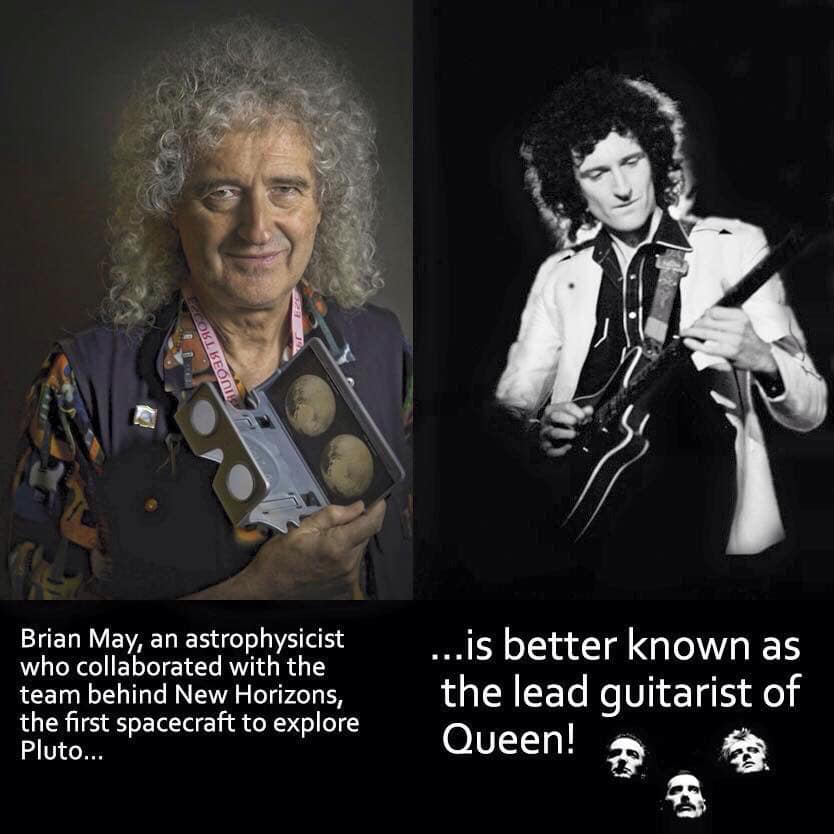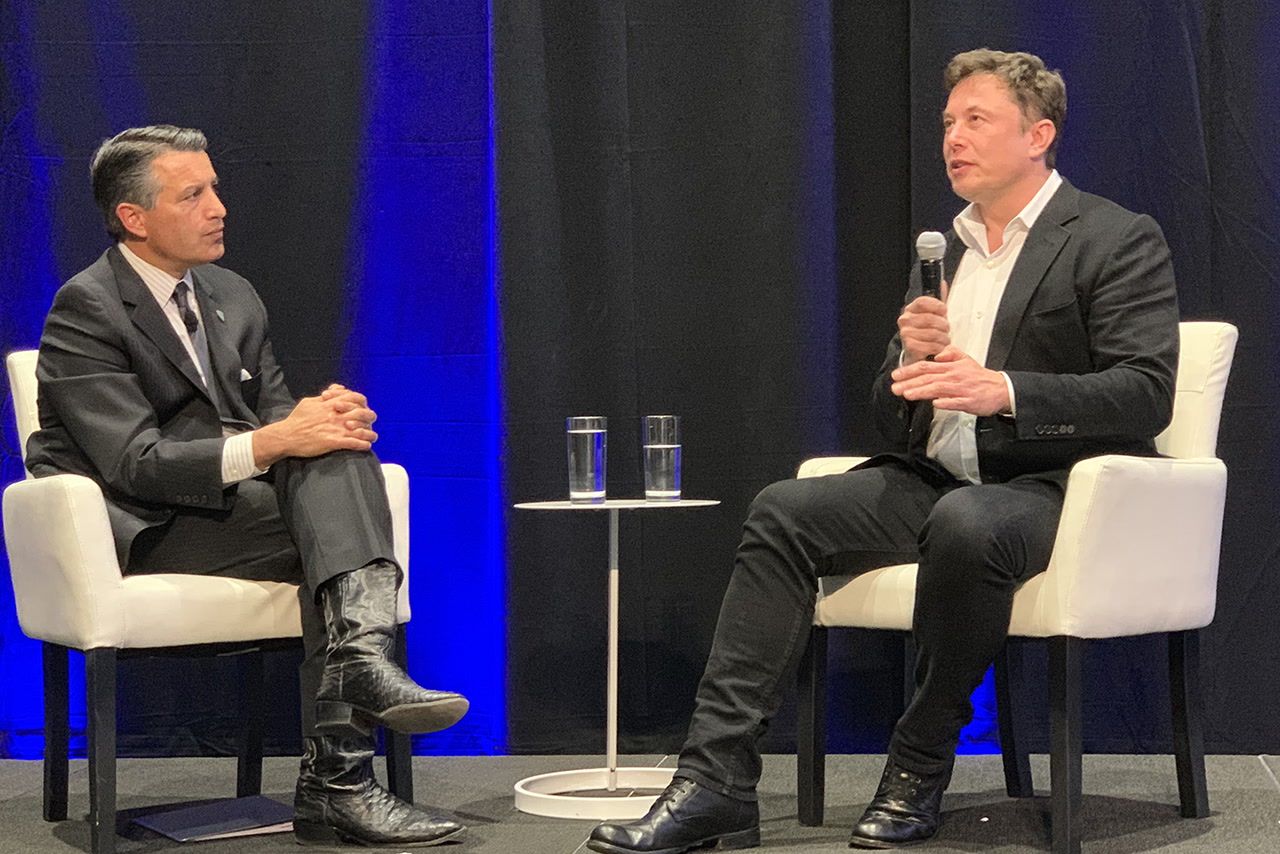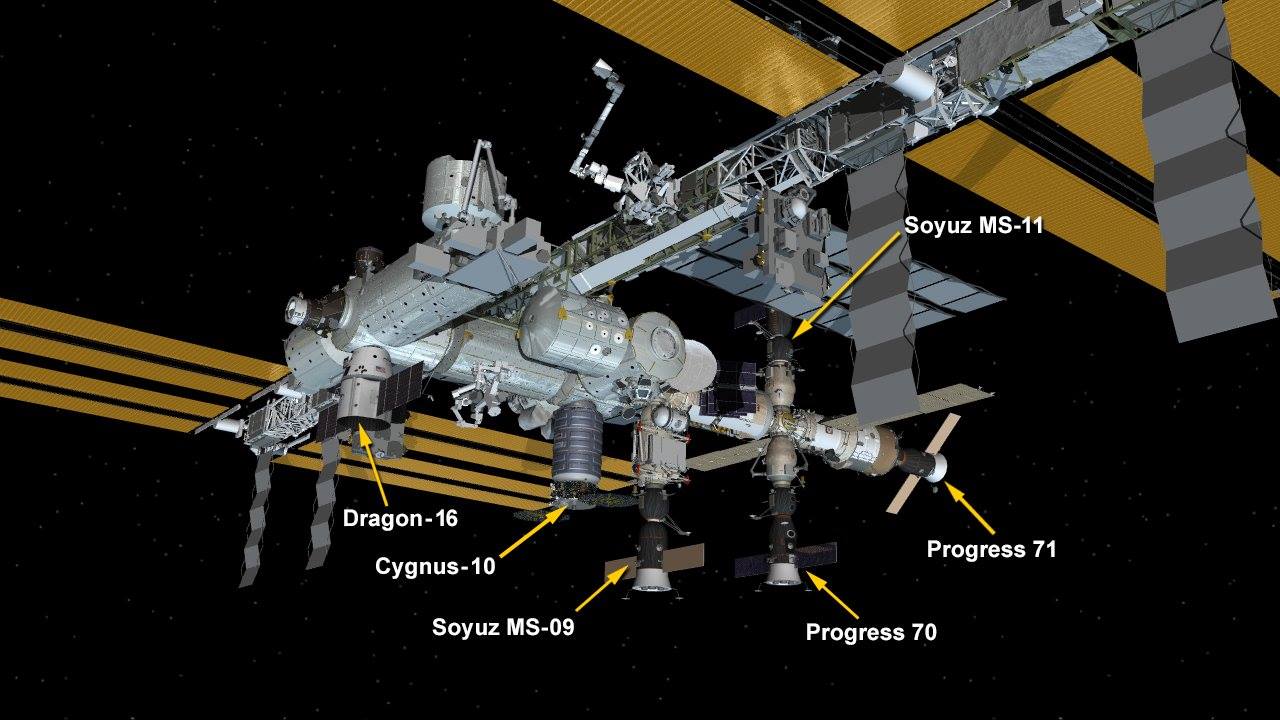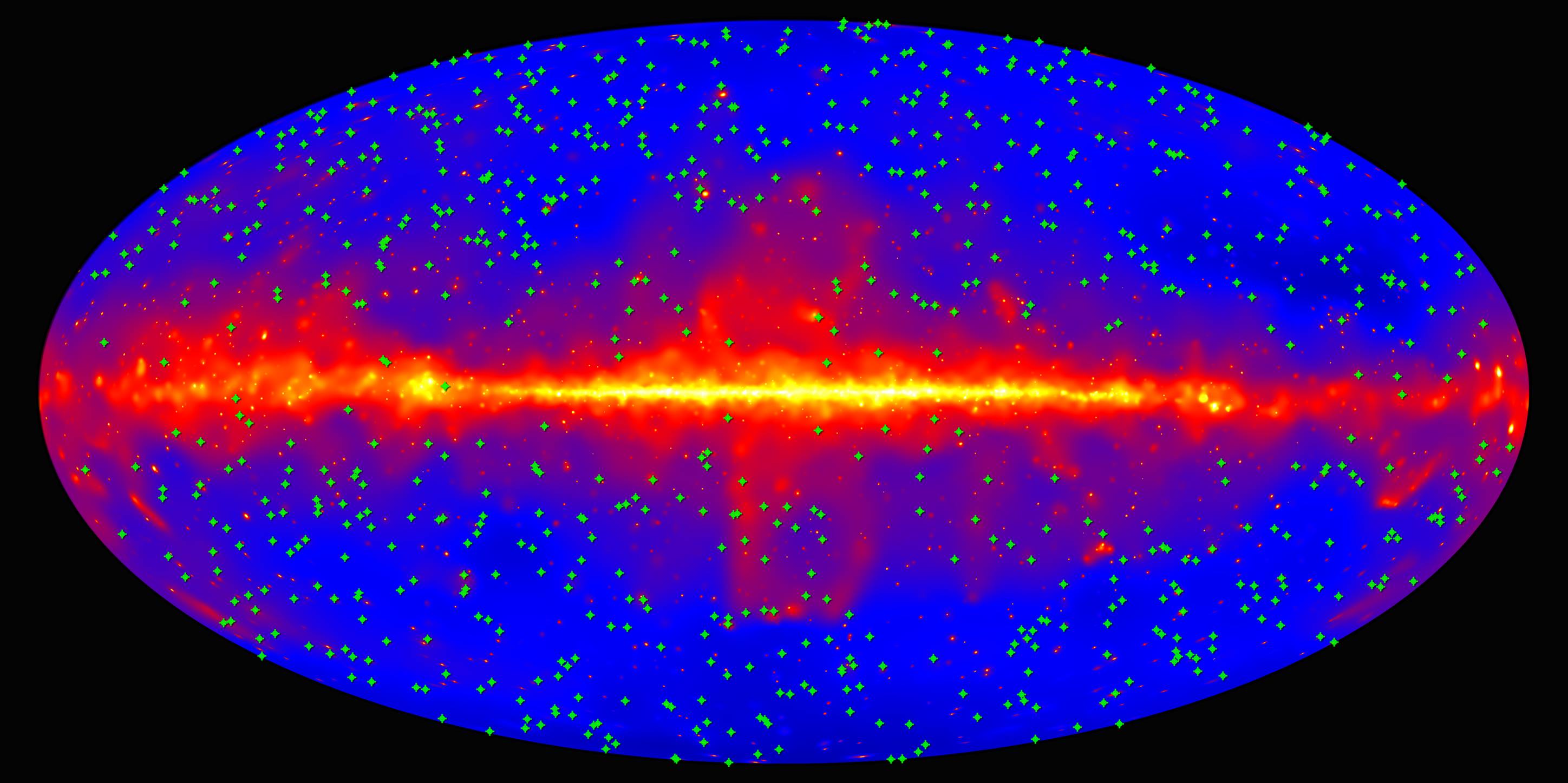Page 9526
Dec 8, 2018
Bitly: CHECK THIS OUT: Diwata-2’s first images of the Philippines have been successfully captured and downloaded!
Posted by Michael Lance in category: space
While things have seemed quiet after Diwata-2’s launch into space last October 29, the team has been busy working on the initial tests and calibration of Diwata-2’s payloads. Stay tuned for more images and updates in the coming weeks! Read more about the first few images here: https://bit.ly/2E9oi6m&h=AT3JRdu_Q1bmVIKgKhh6i5isF4r0_KorJah…-f_F-Lf8F8 #Diwata2 #D2nMe
Dec 8, 2018
Lasers Cure Nearly 50% of Patients With Prostate Cancer in New Study
Posted by Genevieve Klien in category: biotech/medical
Optical fibers are then inserted through an area called the perineum, found between the testes and the anus, and directly into the prostate gland. Afterwards, the scientists turn on a red laser that is induced through the optical fibers. This process utilizes the photosensitivity of the WST11 drug and activates it. Upon activation, free radicals are released within the area, attacking and destroying the tumors. Unlike conventional treatments which might affect a general area of body cells, this treatment is localized. The nearby cells are left more or less unharmed.
Beating The Big ‘C’
The trial for this prostate cancer treatment has shown promising results. Endgadget reports that, from the 415 participating men, nearly half were rid of the malignant disease by the end of treatment. This is a huge improvement compared to conventional procedures, which only have an average success rate of about 14 percent. Of those that had cancer in remission, only six percent needed to have their affected prostate removed, which is again a stark contrast to the conventional procedures’ 30 percent.
Continue reading “Lasers Cure Nearly 50% of Patients With Prostate Cancer in New Study” »
Dec 8, 2018
A Fungus That Can “Eat” Plastic Has Been Discovered In Pakistan
Posted by Victoria Generao in categories: space, sustainability
By Luke Miller
A fungus that can “eat” plastic has been discovered in Pakistan. This discovery could tackle the growing plastic problem the planet is currently facing, by cutting the lifespan of plastic from up to 1000 years, to just weeks.
One of the largest environmental problems we are currently facing is plastic. Taken from sas.org pollution facts and figures:
Continue reading “A Fungus That Can ‘Eat’ Plastic Has Been Discovered In Pakistan” »
Dec 8, 2018
NASA releases first sounds ever recorded on Mars
Posted by Victoria Generao in category: space
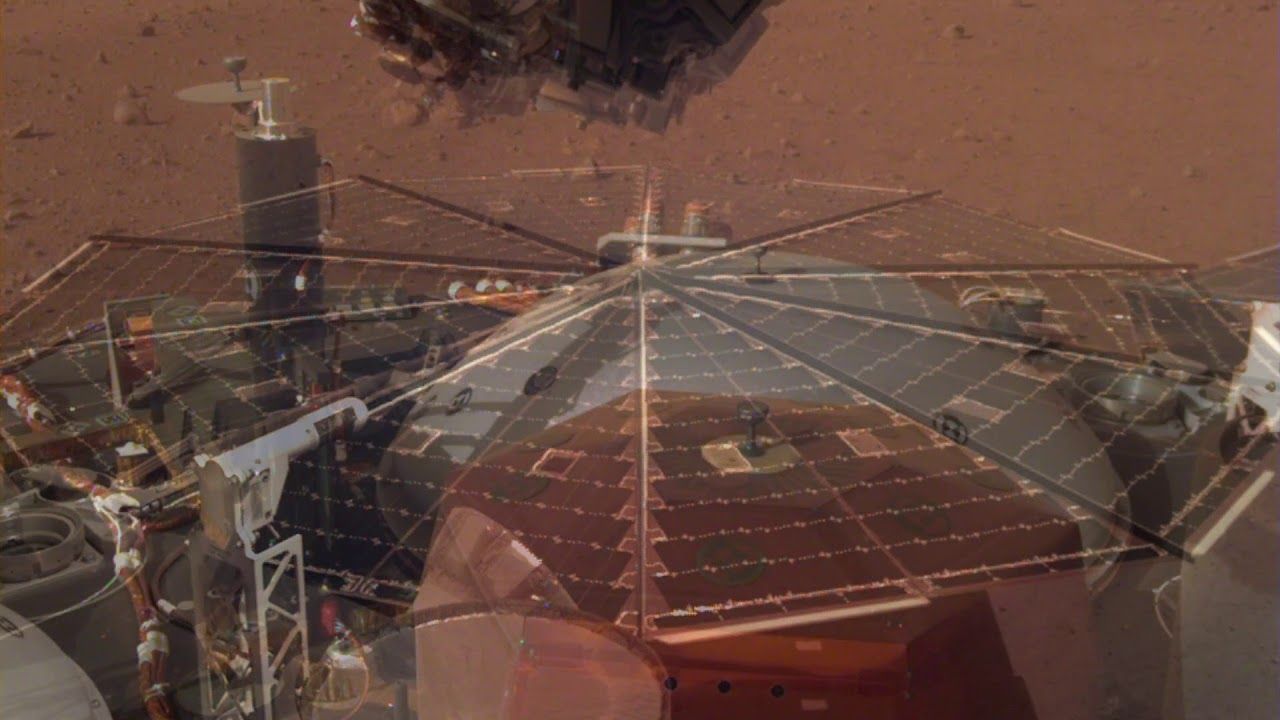
Today, NASA released the first ever audio recording from Mars!
NASA’s InSight lander touched down successfully on Mars on November 26th. The primary mission of the lander (which is not a rover) is to study the interior of Mars by drilling below the surface. The goal is to analyze seismic activity and monitor for Marsquakes, which are Earthquakes, except on Mars.
Continue reading “NASA releases first sounds ever recorded on Mars” »
Dec 8, 2018
Tesla’s Elon Musk describes factors needed to grow company in Nevada
Posted by Genevieve Klien in categories: Elon Musk, sustainability, transportation
STOREY COUNTY — The need for more infrastructure and housing is constraining Tesla Motors’ desire to grow its footprint in Northern Nevada, Tesla CEO Elon Musk said Tuesday.
Musk’s comment came during a technology and innovation summit hosted by Gov. Brian Sandoval at Tesla’s Gigafactory 1 located just outside of Sparks.
Musk said he envisions growing the number of employees at the Nevada factory from roughly 7,000 currently to upward of 20,000 in the future, and more than doubling the physical footprint of the 5.8 million-square-foot lithium-ion battery factory.
Continue reading “Tesla’s Elon Musk describes factors needed to grow company in Nevada” »
Dec 8, 2018
Ancient black hole collision is the most massive researchers have ever observed
Posted by Michael Lance in category: cosmology
The discovery of three other black hole collisions were announced at the same time.
The best is yet to come.
Dec 8, 2018
#DidYouKnow that Earth’s atmosphere leaks oxygen?
Posted by Michael Lance in category: space travel
We launched two sounding rockets that will help scientists understand atmospheric escape on our home planet that has applications all over the universe — from predicting which far off planets might be habitable, to piecing together how Mars became the desolate, exposed landscape it is today.
SpaceX’s #Dragon cargo spacecraft was successfully installed on the Earth-facing side of the International Space Station’s Harmony module at 10:36 a.m. EST. While there are now six spaceships attached at the station, the Dragon will spend about five weeks there and return to Earth in January 2019 with more than 4,000 pounds of research, hardware and crew supplies.
Dec 8, 2018
How did the NASA Fermi Gamma-ray Space Telescope measure all the starlight produced over 90% of the universe’s history?
Posted by Michael Lance in category: space
Starlight continues to travel across the cosmos long after its sources have burned out — which means that we can see stars that no longer exist. It also means that our astronomers can study stellar formation without looking at the stars at all, but by observing the gamma rays that shoot out from distant galaxies interacting with the starlight. Take a closer look: https://go.nasa.gov/2G33gsA&h=AT2mbPrj5N1YVp76caneadyE80cXxz…q-2PIES2mQ
